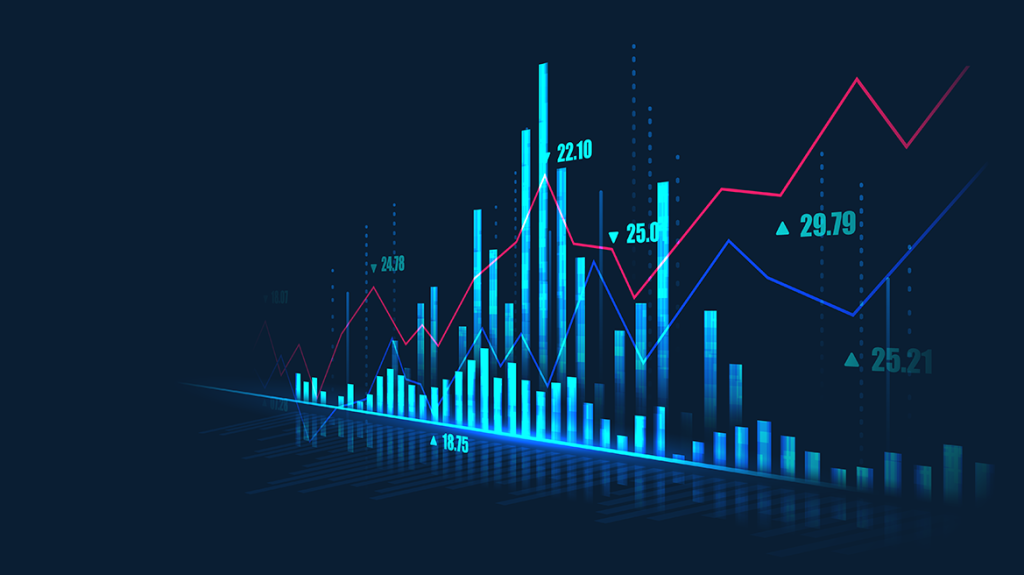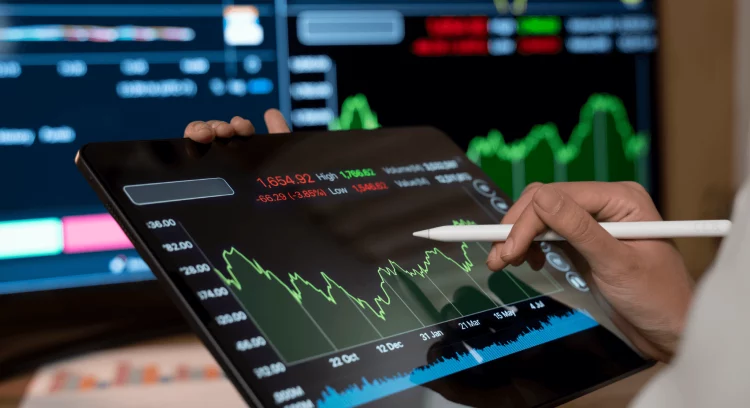A Story to Begin
On a humid summer morning in 2015, traders in Shanghai watched in disbelief as the stock index plunged nearly 30% in just three weeks. Panic spread from Chinese households who had poured savings into equities, to investors on Wall Street worried about global contagion. What started as a domestic bubble exposed the interconnected nature of today’s financial world: a fall in Shanghai can shake New York, London, and beyond.
This incident captures a central reality—global stock markets are deeply linked, and their trends are shaped by a web of forces: technology, geopolitics, investor psychology, and policy decisions.
The Global Shift in Market Power
- Wall Street’s Legacy: For decades, the U.S. has dominated global capital markets, home to giants like the S&P 500 and Nasdaq.
- Shanghai’s Rise: China’s markets, though volatile, increasingly reflect the country’s economic influence and ambitions for financial leadership.
- Emerging Hubs: London, Tokyo, Mumbai, and Singapore are asserting themselves as key nodes in the global equity system.
Markets are no longer regional—they form a 24-hour cycle of trading, reacting in real time to one another.
Key Forces Reshaping Equity Markets
1. Technology and Digitalization
- High-Frequency Trading (HFT): Algorithms now drive much of market volume.
- Fintech Platforms: Apps like Robinhood in the U.S. or Ant Group in China democratize access, fueling retail investor surges.
- Artificial Intelligence: Predictive analytics and algorithmic models reshape investment strategies.
2. Geopolitical Tensions
- U.S.–China Rivalry: Trade disputes and sanctions influence equity valuations globally.
- Energy and War: The Russia-Ukraine conflict shifted capital toward defense and energy stocks.
- Globalization vs. Protectionism: Tariffs, reshoring, and supply chain disruptions create uncertainty.
3. Monetary and Fiscal Policy
- Federal Reserve rate hikes ripple across emerging markets.
- China’s state-driven stimulus directly impacts its stock market cycles.
- Global debt levels shape investor confidence and risk appetite.

Case Studies
The U.S. Tech Boom
Companies like Apple, Nvidia, and Amazon define Wall Street’s dominance. Investor faith in AI, cloud computing, and semiconductors has fueled historic valuations.
The 2015 Chinese Stock Crash
Fueled by speculative borrowing and retail enthusiasm, the collapse exposed governance issues and the risks of state interventions.
India’s Market Momentum
India’s stock market surge, driven by digitalization and demographics, positions it as a key growth frontier, attracting global investors wary of China’s risks.
The Human Factor: Investor Psychology
Markets may run on numbers, but emotions drive momentum:
- FOMO (Fear of Missing Out): fuels bubbles, from dot-com stocks to cryptocurrencies.
- Panic Selling: accelerates crashes.
- Narrative Power: “AI revolution,” “green transition,” and “post-pandemic recovery” shape investor expectations.
The Future Outlook
- East-West Balance: The U.S. will remain dominant, but Asia’s role will expand, particularly China and India.
- Sustainability Wave: ESG investing will increasingly influence capital flows.
- Tech-Centric Markets: Digital platforms and AI will reshape both access and volatility.
- Global Fragility: Climate risks, pandemics, and political instability will inject persistent uncertainty.
Conclusion
From Wall Street’s skyscrapers to Shanghai’s bustling exchanges, equity markets are no longer isolated arenas but part of a single global network. Their future will be shaped by a fusion of economic fundamentals, human behavior, and geopolitical struggles.
Stock markets are not just about wealth creation—they are reflections of human ambition, collective fears, and the shifting balance of world power. The story of tomorrow’s markets will be written not only in New York or Shanghai, but across every trading floor where investors ride the waves of hope and risk.
















































